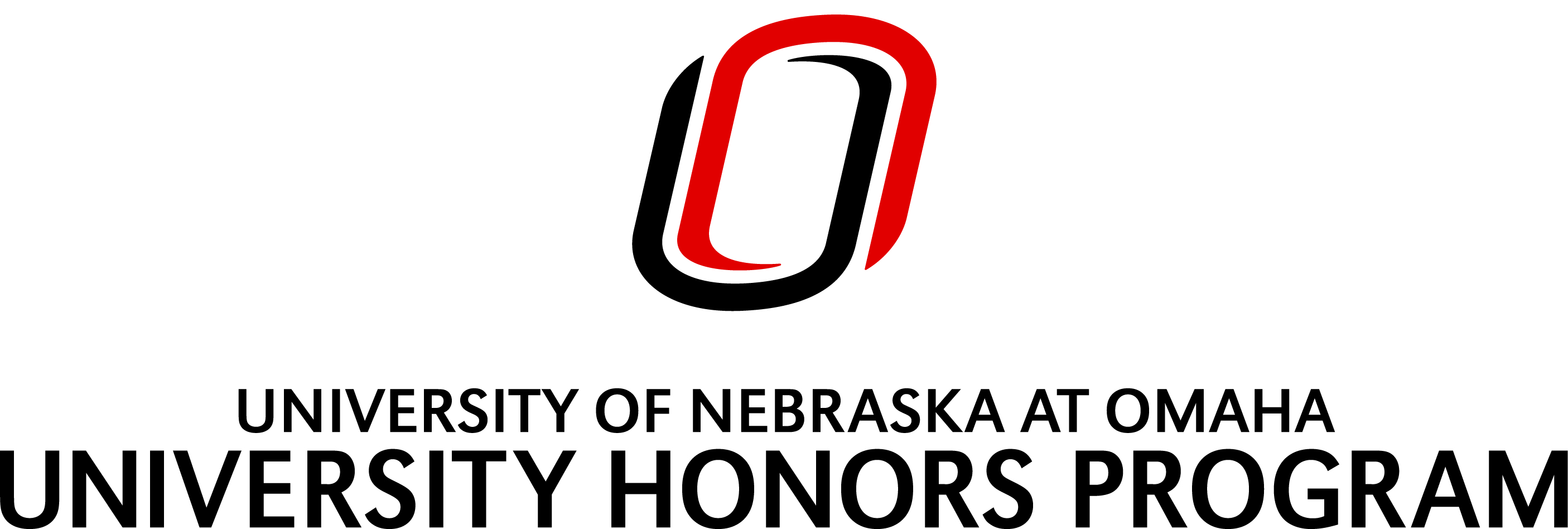Month/Year of Graduation
5-2024
Degree Name
Bachelor of Arts (B.A.)
Department
Religion
First Advisor
Laura Alexander
Abstract
Violence in Daoism takes on political and/or cosmological significance. The earliest texts, including Daodejing, argue for defensive war that must be conducted appropriately by rulers. Myths and rituals that developed later in the tradition portray gods and spirits subduing demons. The latter are either killed or enlisted into the armies of the gods. Rituals include the role of humans, particularly Daoist priests/ritual specialists who call upon the gods to fight demons who inflict maladies upon people. This paper also examines the role of martial arts and physical violence. Martial arts are often imbued with religious hues in Daoism, as is seen with Taijiquan, Xingyiquan, and Baguazhang. The styles carry combat effectiveness with different methods such as wrestling, striking, grappling, and the use of weapons. Physical violence in Daoism took the form of overturning dynastic regimes, namely the Han, Yuan, and Qing dynasties. There are possibilities that Daoist monks fought in 20th century China. There is too little to confirm this currently. The paper ends with an analysis of the book trilogy, Chronicles of Tao. It portrays the actions of Huashan monk Guan Shihung who acted violently. The book is examined for what it can tell us about the Daoist view of killing.
Recommended Citation
Dunwoody, Micah, "Dao Gives Birth to Lots of Killing: Violence in the Daoist Tradition" (2024). Theses/Capstones/Creative Projects. 237.
https://digitalcommons.unomaha.edu/university_honors_program/237


Comments
All content of the paper is true to the best of the writer's knowledge. Regardless, it is hoped that any possible errors that have been made will be corrected in future scholarship.